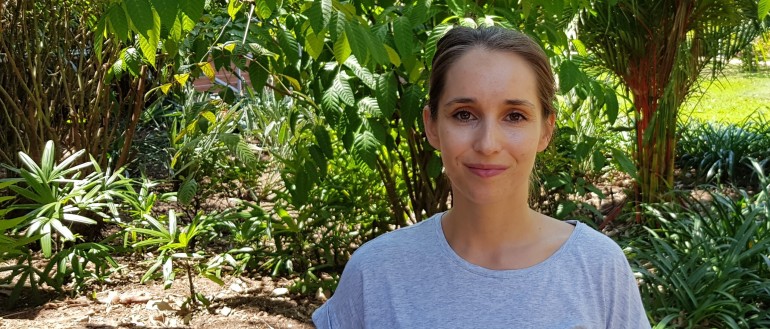A new paper by Menzies and The George Institute for Global Health questions whether zero-alcohol beverages are giving young Australians a taste for alcohol.
Currently, drinks containing less than 0.5 per cent alcohol by volume are classified as zero-alcohol beverages in Australia, and major brands are stocked on supermarket shelves, often alongside traditional soft drinks, and non-alcoholic mixers.
Consumption of zero-alcohol products increased by 2.9 per cent in 2020 and is expected to increase by 31 per cent by 2024.
At face value, the numbers suggest consumers are making healthier choices regarding their drinking, but the picture is unclear and further research would help understand what health impacts may develop in the years ahead.
Menzies and George Institute researcher and lead author Dr Cassandra Wright said that zero-alcohol beverages and alcoholic beverages are often packaged identically and can be indistinguishable in taste.
“The sale of zero-alcohol beverages in supermarkets means young people will be more frequently exposed to alcohol companies’ branding and logos,” Dr Wright said.
“Alcohol advertising exposure has been shown to increase early initiation of alcohol use and increased alcohol use. It can also foster brand allegiance, a factor that has been shown to lead to increased chances of young people consuming alcohol.”
Children and young people may be buying these products from their local store and some may contain small amounts of alcohol. Researchers do not yet know what impact consuming zero-alcohol beverages in childhood will have on subsequent alcohol use.
Dr Wright said that further research is needed to assess whether the ease of availability of zero-alcohol beverages may lead to a gateway effect, where children who consume them would be more likely to consume alcoholic beverages underage.
The research was published in Drug and Alcohol Review, read the paper here.

